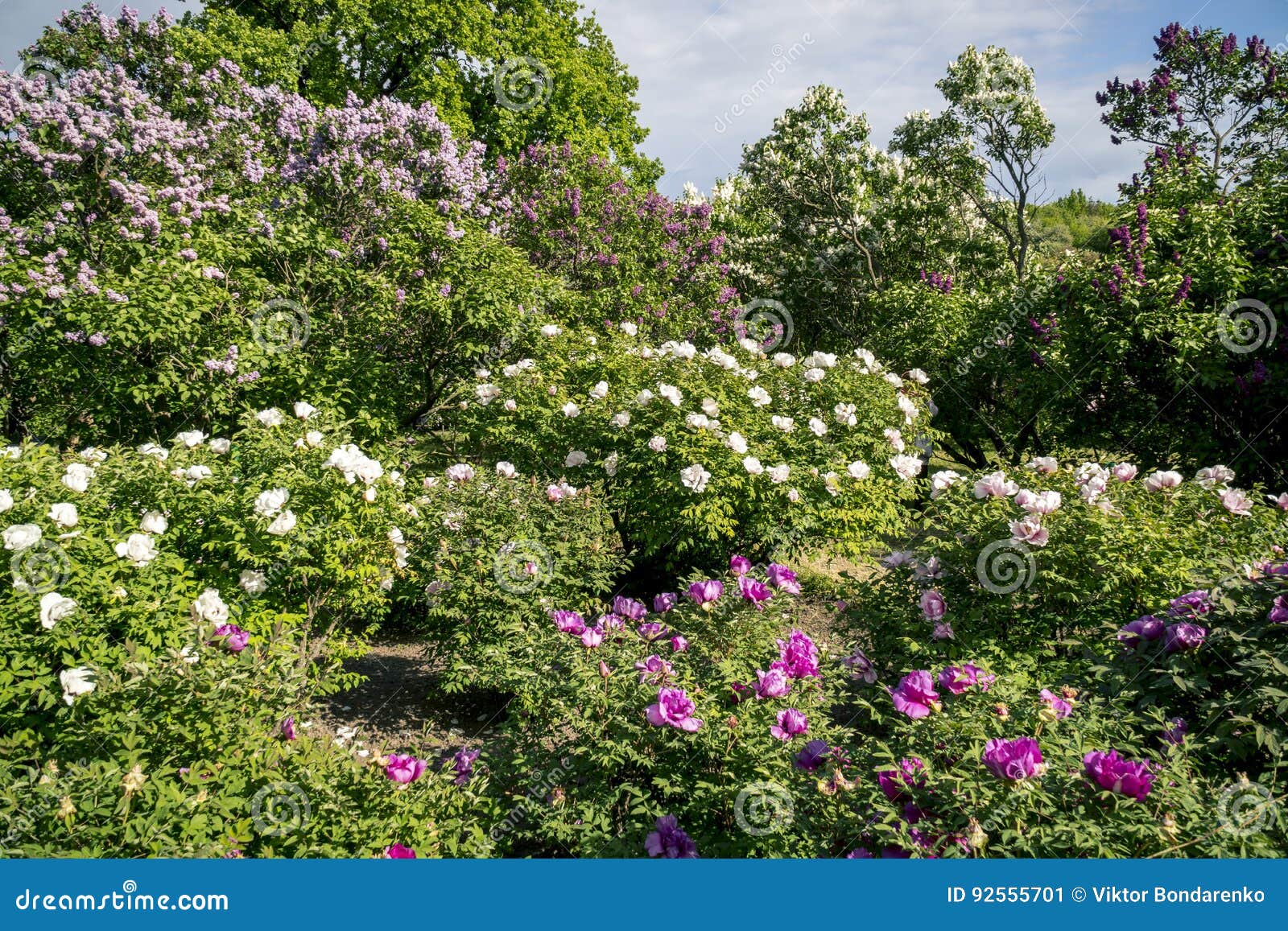

PURPLE TREE PEONIES HOW TO
Here's what else you need to know about how to grow peonies.įor bare root plants, plant the tuber about one to two inches below ground. It's best to plant bare roots in the fall, but if you purchase a potted peony earlier in the season, get it in the ground right away to enjoy it amongst your other summer flowers. (They grow best in USDA Hardiness zones 3 to 8.) You'll find them sold as both potted plants and bare roots, which means they have no soil attached. But every year for about three weeks, I get to have big, fluffy white and fuchsia peonies in my life."īecause peonies need a period of cold with temperatures below 40 degrees for a minimum of six weeks, they won't grow in hot climates. "Big John has since retired and he and his wife have moved away. That's the case on the Drummond ranch, too, where Ree enjoys a plot of "beautiful, fluffy peonies, planted at our homestead many, many years ago by the wife of Big John, the longtime cowboy of the ranch," as she says. (Yes, you read that right!) No wonder they have been popular since Victorian times and are often passed down from generation to generation. These perennials are not difficult to grow in your garden and can live for up to 100 years. They can also be damaged by borers, so check regularly for signs of borer holes in the wood.īefore winter, apply a protective layer of mulch over the plant’s root zone.Peonies are one of the most gorgeous blooms of late spring and early summer, with their exquisite, lush petals and vibrant colors. Tree peonies can be susceptible to fungal diseases, so it’s best to water them directly at the root zone. Tree peonies should also be fertilized regularly with a general purpose fertilizer that is higher in phosphorus than nitrogen and potassium, like 5-10-5. They have high iron and phosphate needs and may benefit from an annual feeding of iron sulphate and bone meal in spring. Tree peonies should only ever be pruned or cut back to shape or remove dead, damaged or diseased wood. However, unlike herbaceous peonies, tree peonies should never be cut back in autumn. Tree peony care in gardens is not any more complicated than herbaceous peony care. A properly placed, content in its environment plant can live up to a hundred years. Once established, tree peonies are drought tolerant and do not transplant well. They can be slow at first to get established, sometimes taking up to three years to grow much or bloom. New tree peony plants should be planted in spring or fall, not during the heat of summer. They do best with perennial companion plants. Tree peonies also prefer a site where they do not have to compete with roots from other shrubs or trees. They prefer slightly alkaline soil and proper drainage is essential. Too much intense sunlight can cause the beautiful flowers to fade and wither quicker.
PURPLE TREE PEONIES FULL
Usually labeled as full sun plants, tree peonies prefer some dappled to light shade from the hot afternoon sun. They do best where they have a cold winter for dormancy and hot summers. While some varieties of tree peonies are hardy down to zone 3, most tree peonies are hardy in zones 4-8. Unlike herbaceous peonies, the flower buds of tree peonies do not produce the sweet honeydew sap that attracts ants. These flowers, which bloom in late spring to early summer, make excellent cut flowers and come in single or double forms. They are highly prized for their large, prolific blooms that can grow up to 10 inches (25+ cm.) in diameter. Tree peonies are larger, woody relatives of the common herbaceous peony, growing up to 5 feet (1.5 m.) wide and tall in about ten years. Native to China, tree peonies were valued as a medicinal plant long before they were adored ornamentals. Itoh peonies are a hybrid cross between herbaceous peonies and tree peonies, they do die back to the ground in fall like herbaceous peonies but their flower and growth characteristics are similar to tree peonies. They lose their foliage in the fall but their woody stems do not die back to the ground like herbaceous peonies. Tree peonies are woody, deciduous shrub peonies. The roots remain dormant under the soil, then the plant stems push up in the spring. Herbaceous peonies are perennial peonies that die back to the ground each year. This article is specifically about growing tree peonies.


Add terms like tree peony, itoh peony and herbaceous peony, and it can seem overwhelming. With so many varieties of peonies available these days, selecting the right peony for your garden can be confusing.


 0 kommentar(er)
0 kommentar(er)
